Singing about the environment, Joni Mitchell reminded us “that you don’t know what you’ve got till it’s gone”; maybe the truth is that very quickly after things are gone they are forgotten, not only lost, but unmissed, so that most of us cannot even imagine the Earth as it was prior to the spread of industrial civilisation, let alone what it was like to watch the sun rise over the land before the era of the earliest hierarchical societies.
Is this even important?
The environmental scientist Johan Rockstrom of the Stockholm Resilience Centre has identified nine planetary boundaries, these represent the limits beyond which we put at risk the relatively hospitable planet our species has known. These are the nine:
● Climate Change
● Biodiversity Loss
● The Addition of Phosphorous and Nitrogen to Crops and Ecosystems
● Deforestation & Other Land Use Changes
● Emission of Aerosols into the Atmosphere
● Stratospheric Ozone Depletion
● Ocean Acidification
● Freshwater Use
● Dumping Organic Pollutants, Radioactive Materials, Nano-materials, Micro-plastics etc
Rockstrom says that we have passed the first four of these nine boundaries and are cutting it fine with the next two. Ominously, ocean acidification will depend on control of atmospheric CO2 and we just don’t know how badly we are doing regarding the dumping of pollutants and novel materials. Globally, freshwater figures look all right, but we know that on a region by region basis that relatively rosy picture can look very different.
This is the Doom List, although Rockstrom is at pains to point out that his message is positive, that we can step back across boundaries already crossed (The Independent, Tuesday 17th March, 2015: Earth has exceeded four of the nine limits for hospitable life, scientist claims). This is how we measure global sustainability or, to put it more honestly, the destruction of our common home.
There are very good arguments in favour of measurement I’m sure – it’s worth mentioning that there are some fairly strong arguments against measurement as well in some circumstances – but what I really want to consider here is how useful Rockstrom’s list is to people, not policy makers, but people. Now, if you’re at all like me you’ll be more than halfway to thinking that it’s people whose actions will determine whether we step back within the limits of Planet Earth and not policy makers at all, but even if not, humour me: let’s talk about people for a moment.
How do we notice environmental degradation? How, if we’re not sitting looking at a screen in the Stockholm Resilience Centre, do we notice that we’re passing limits?
Certainly it is within human experience to notice biodiversity loss. We may witness population collapse events; we may even talk to our parents and grandparents and hear about the flowers they no longer see in the verges, the flowers we have perhaps never seen. Our direct experience of biodiversity loss will depend on where we have lived and when: I know about the collapse of the Atlantic cod, but I wasn’t a fisherman, there at the time; I remember the elm trees dead in the hedgerows but I don’t believe that I have ever seen a majestic elm in leaf; I have certainly never seen a North Atlantic Right Whale surface, but I do remember going mushrooming as a kid in places I wouldn’t expect to see field mushrooms any more.
We might also notice increasing pollution, more plastic on the beach when we walk the dogs or just more and more litter along the roadsides every year; we might read articles about plastic in the sea, but of course most of us don’t see the rubbish islands or remember pristine oceans.
The weather changes and we notice that of course. I remember television weathermen reserving red stickers for their charts if it reached 21C; that was in the 1970s. We all know though that anecdotal observations about the weather are not the same as proof of the impact of climate change. I expect when half of us are knee deep in water we’ll be able to confidently proclaim that Anthropogenic Climate Change caused the problem, but until then climate scientists are understandably circumspect.
The processes might not be so evident if you grew up in East London, but I can recall the landscape of my youth and be fairly certain that in some quite noticeable ways there has been environmental degradation. My clear memories though go back only around forty years and the environment that I remember was already impoverished, to me impoverished was normal. To about half of humanity who live in cities, I grew up in a rich natural environment, but it is demonstrable that the English countryside when I was young was already devastated.
I was lucky enough to live for a number of years in a place where humanity had retreated and where, for decades, it was wild nature which had advanced. I would hardly have believed the experience of biodiversity that I had there had I not lived and gardened in that place, seen insects and flowers that I had never seen and could not name, seen fungi that I had only ever seen in books. And I’m already forgetting what it was like; I can recount the stories, but stories fade.
And that is how we lost the Earth that we were once part of. A species collapses and a way of life dies; the story may be told in books, but the people are gone. A valley is destroyed for a mine, or a plain to build a city, or a wood to build a road or another idiotic airport, or a high speed train track, and some people protest, and then people forget. Because they don’t remember the wood, or the valley or the plain.
Johan Rockstrom tells us for good reason that we are passing the limits of the Earth beyond which this planet will no longer be hospitable to us, but I suggest that the way we as people connect to the Earth is fragile beyond measure. We forget not just how to live with the Earth, but what it might be like to know a healthy Earth.
I find I’ve come a long way around to making an argument for gardening, planting trees with the kids, feeling the soil between your fingers and treasuring every butterfly you see this coming spring. If you are lucky enough to see any at all. And if you are not so lucky, then don’t forget them.

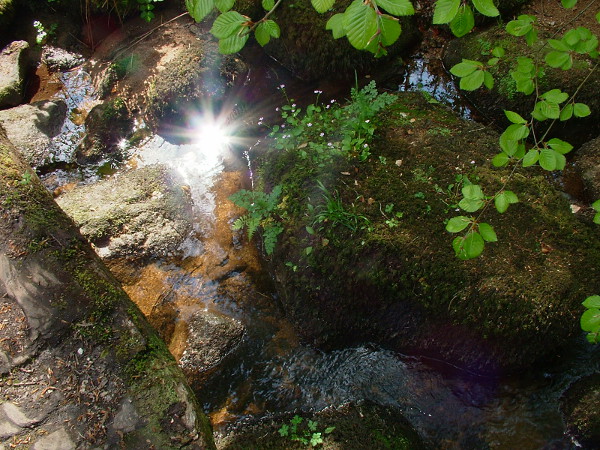
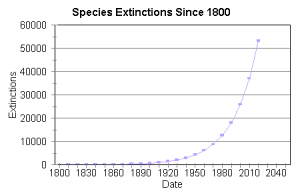
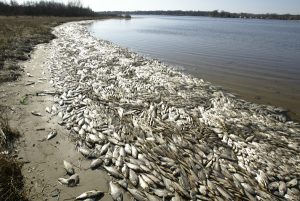
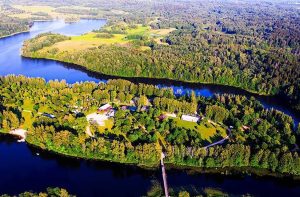



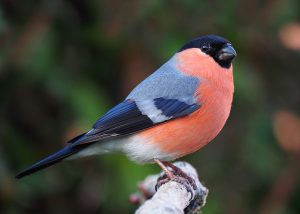



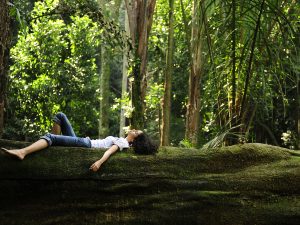
7 Comments
I remember cinnibar moth catterpillars were everywhere when I were a lad.
These things – http://southwestscotland-butterflies.org.uk/blog/wp-content/uploads/2009/07/cinnabar_larva_2_torness.jpg
but I almost never see them now.
Same for newts, frogs, toads, hedgehogs – I used to catch snakes and lizards as well. Where have they gone.
And UK rivers used to be full of eels, but apparently there has been a 70% reduction in their numbers (and a 95% reduction in the whole of Europe) in the last 20 years!
Yes, the longer in the tooth you get, you can actually see biodiversity reduction happening.
My grandparents used to say the same thing – there used to be a lot more birds / butterflies / everything, but I didn’t take much notice I have to admit. I thought they were just mistaken – now I don’t think they were.
Here’s the bbc on the fall in eels – http://www.bbc.co.uk/news/uk-wales-11716488
This is a beautiful written and poignant post. I now look at trees with a stab in my heart – they look like endangered species. Wake up, world!
Of the nine limits Rockstrom mentions, for me biodiversity loss is the one that all the others feed into. The others will make life unpleasant for humans, but runaway biodiversity loss is the one that could finish us off if we don’t stop it.
I suppose that for me biodiversity loss carries an enormous emotional weight. It is the destruction of the paradise in which our species evolved, with its awe-inspiring diversity of life, that has marked the rise of humans to the pinnacle of global dominance and indicates most clearly to me how far we are from realising how we must live on Earth if we are to be happy, well and free.
Of course Rockstrom’s nine limits are all intimately interlinked and we can know scientifically how bad a situation we are in; my point was I suppose, that as a canary in the mind our observations and experiences of the natural world are very ineffective because generation on generation we forget what we had and mistake what is made and bought for things more valuable that what the Earth gives.
Couldn’t agree more. But cultures are made, and they change. If just a few people start to build the germ of a system that respects nature and people rather than money, I think most people will warm to it – or at least not oppose it. I don’t think that a high percentage of the population would want to be cheerleaders for this system. They can see that it’s destructive and founded on bullshit. They just can’t see any alternative, and it keeps them secure. Show them an alternative, that doesn’t threaten their security, and things could start moving in a very different direction. And that’s in developed countries. I’d say that disillusion with this system must be extremely high in poorer countries.
New York, before the city:
http://img.tedcdn.com/r/images.ted.com/images/ted/121586_800x600.jpg?ll=1&quality=89&w=800